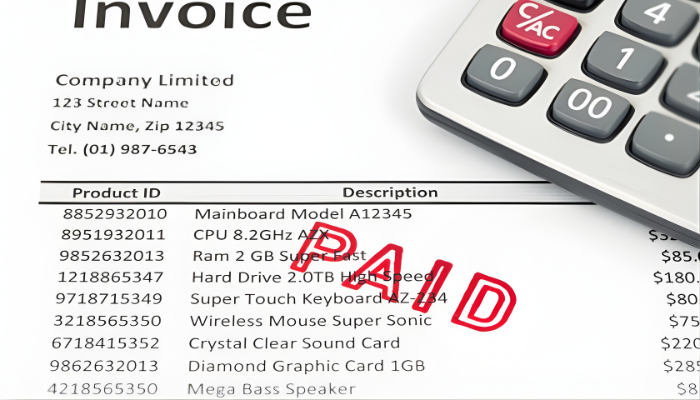
Growing a small business today takes more than ambition — it takes strategic cash flow management.
Many businesses operate on tight margins, waiting for customer payments while daily expenses pile up. Add rising interest rates and stricter bank lending policies to the mix, and it’s no surprise that business owners are asking:
"How can I fund growth without overextending or putting the business at risk?"
The good news? There are options beyond traditional bank loans. Solutions like factoring and asset-based lending can help businesses maintain cash flow, invest in growth, and stay flexible in an unpredictable economy.
Why Traditional Loans Remain Challenging
Even for stable, growing companies, getting a bank loan can be difficult. Long approval timelines, tough credit requirements, and inflexible terms often don’t match the pace of day-to-day business.
Alternative financing offers a different path, one that often fits better with real-world business operations and cash flow cycles.
What Is Factoring and How Can It Help?
Factoring is a financing method where businesses sell their unpaid invoices to a third party (called a factor) in exchange for faster access to cash.
Instead of waiting weeks or months for customer payments, you receive most of the invoice value up front. When your customer pays later, the remaining balance is settled (minus a service fee).
Unlike a loan, it doesn’t add debt to your balance sheet.
Factoring may offer several advantages:
- Faster access to funds compared to traditional financing
- No new debt added to your balance sheet
- Flexibility — factor only when it fits your cash flow needs
- Potential to reinvest in growth, cover payroll, or purchase inventory
Every business is different, and factoring is just one tool that might help depending on your situation.

A simple breakdown of how the factoring process works.
When Factoring Might Be a Good Fit
- You offer net 30/60/90 payment terms, but need cash now
- Sales are steady, but working capital is tight
- You're growing fast and want to fund it without taking on a loan
- You want more predictable cash flow during seasonal slowdowns
Other Alternative Financing Options
In addition to factoring, there are other solutions businesses explore today:
- Asset-Based Loans: Using inventory, equipment, or receivables as collateral.
- Merchant Cash Advances: Receiving a lump sum against future credit card sales.
- Equipment Financing: Spreading out the cost of necessary purchases.
- Purchase Order Financing: Covering supplier costs for large customer orders.
Each has its own structure, benefits, and risks. The right solution depends on your business model and cash flow cycle.

What to Ask Any Factoring Partner
Building trust starts with transparency. Here are key questions to ask:
- What are the total fees or costs?
- How soon can I access funds?
- Will my customers be notified?
- Is there a long-term contract?
- Who handles collections, and how?
These questions can help you better understand whether a factoring solution aligns with your goals and operations.
Is Alternative Financing Right for Your Business?
Not every business will benefit from factoring or alternative lending. But it can be a strong fit if you:
- Have customers with longer payment terms
- Need faster access to capital than a bank provides
- Prefer funding tied to receivables, not loans
- Want flexibility without long-term debt obligations
Having a clear understanding of your options can make the financing process more manageable and less stressful. Whether you're exploring options for the first time or just want a second opinion, the most important step is finding the right fit on your terms.
The right financing partner will take the time to understand your goals before recommending any solution.
Want to learn more?
Reach out or explore our free educational resources. We’re happy to walk you through what’s available and whether it’s right for you.


















